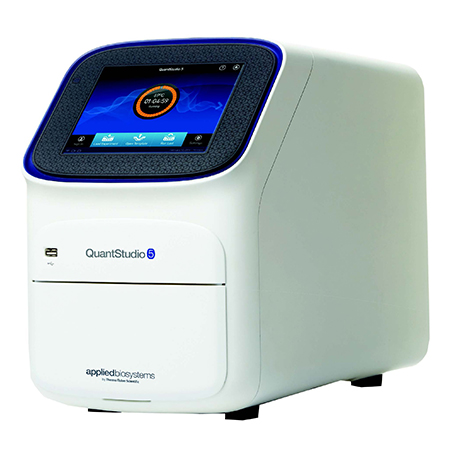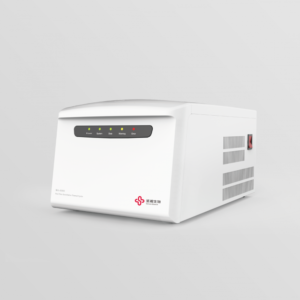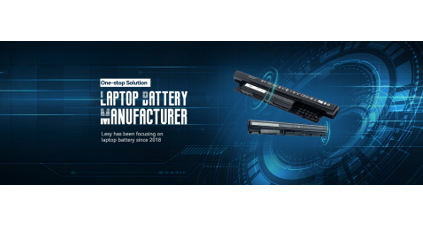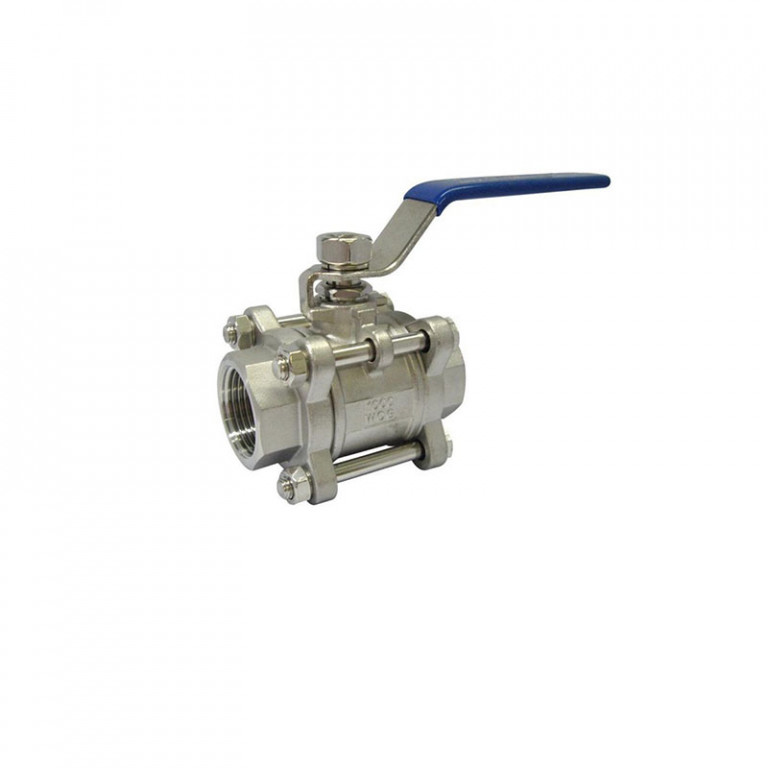
Real-Time PCR System is a technique that uses polymerase chain reaction (PCR) to produce amplified DNA sequences. This, in turn, leads to the production of multiple copies of a particular gene or section of a chromosome. The advantage of this method is that it can be applied as soon as a sample is collected, ensuring that all members of an organization that handles the process have access to the results.

What is a Real-Time PCR?
Real-time PCR (also known as RT-PCR) is a method for detecting and measuring the amount of sequence variation in a sample. It is often used to study genetic variations or to detect the presence of specific pathogens.
Real-time PCR is used as a complementary technique to traditional sequencing methods. The main advantage of real-time PCR is that it can be used on difficult or impossible to sequence samples using traditional methods, such as short pieces of DNA or RNA.
RT-PCR can also be used to evaluate the effect of mutations on gene expression. RT-PCR is fast and accurate, making it a valuable tool for researchers who need to study large numbers of sequences quickly.
How does a Real-Time PCR work?
A Real-Time PCR (or RT-PCR) is a powerful technique that can be used to detect the presence or absence of specific DNA sequences in a sample. It works by using a real-time PCR detection system to measure the amount of PCR product produced as the reaction progresses. This allows you to quickly and easily detect the presence or absence of specific DNA sequences in a sample.
One of the key advantages of using Real-Time PCR is that it can rapidly identify different types of DNA sequences. This makes it ideal for use in investigations where time is important, such as forensics investigations. Additionally, Real-Time PCRs are often more accurate than traditional ones, making them an important tool in cancer research and diagnosis.
If you’re interested in using Real-Time PCR technology in your research or forensic work, there are a few things you need to know. First, you’ll need to ensure that you have a suitable detection system. Second, you’ll need to understand the basics of real-time PCR. Finally, you’ll need to learn how to optimize your reactions for the best results. If you’re ready to start using Real-Time PCR technology
Conclusion
Real-time PCR has become an important tool for both researchers and clinicians. It is a fast, accurate, and sensitive method for detecting and quantifying specific DNA sequences in a sample. It can be used to identify specific genes and mutations, monitor disease progression, or test treatments’ effectiveness.





